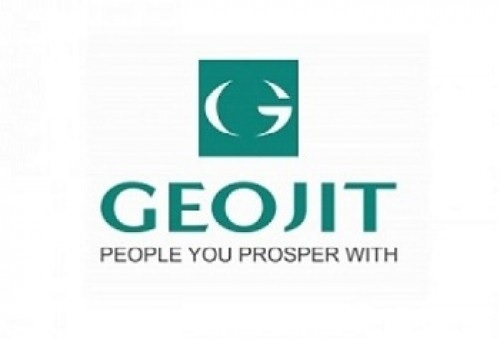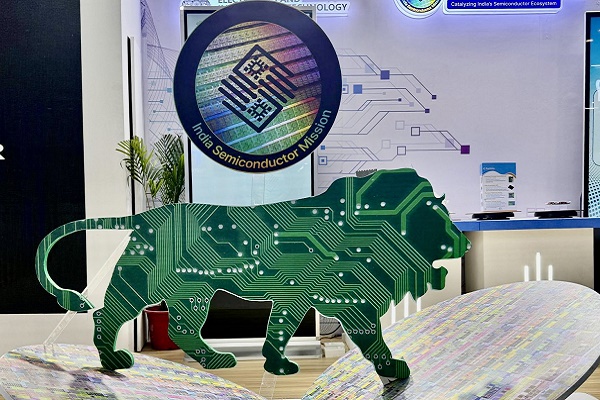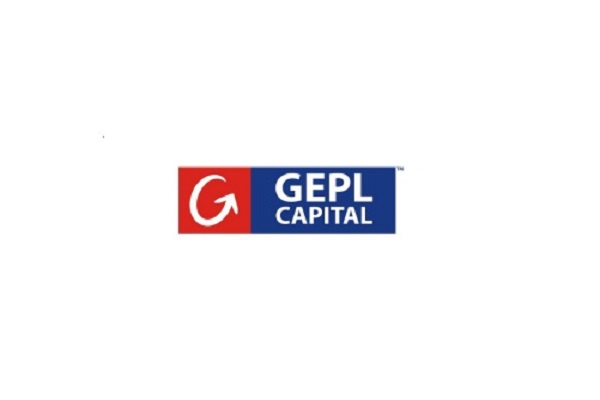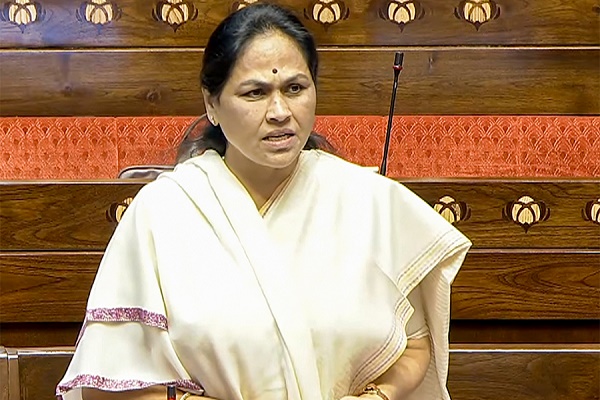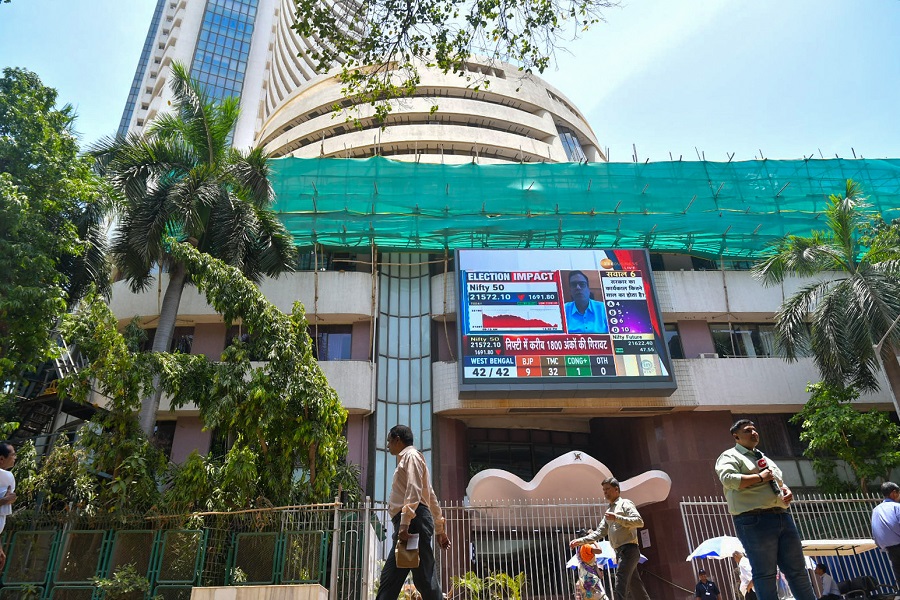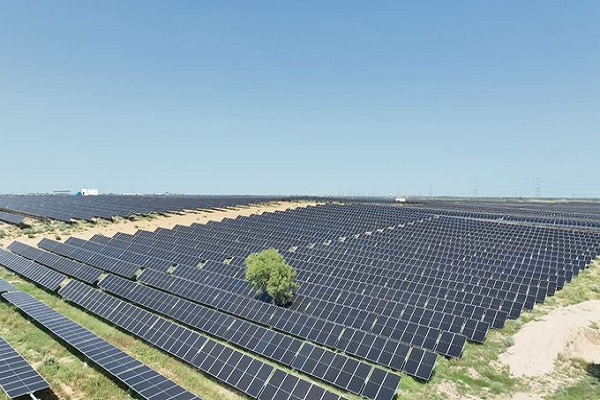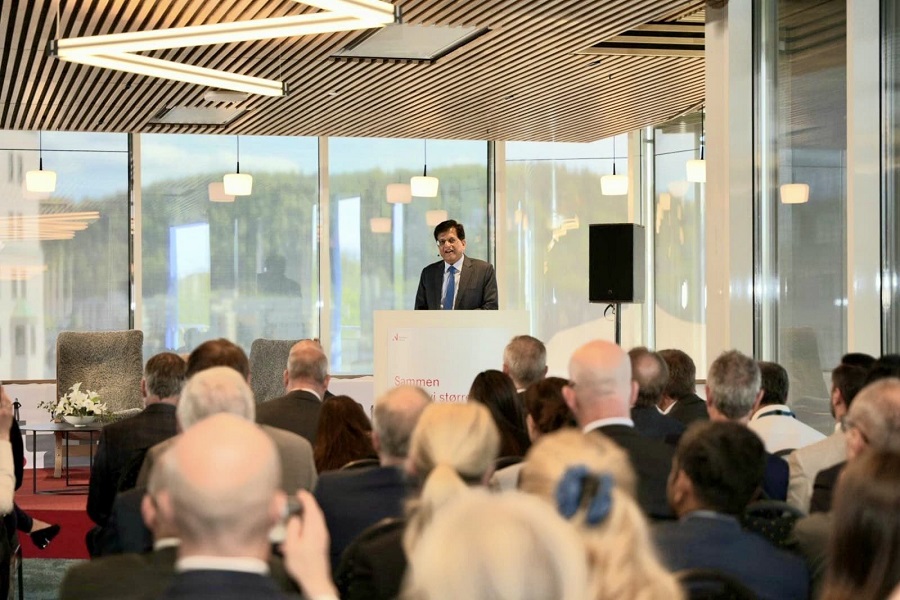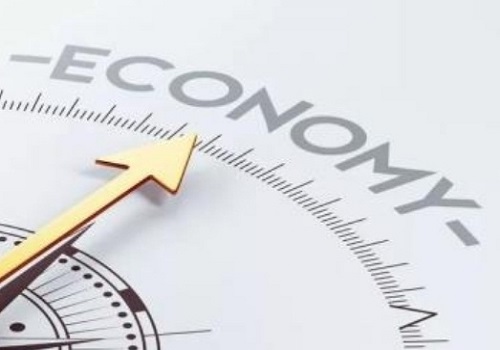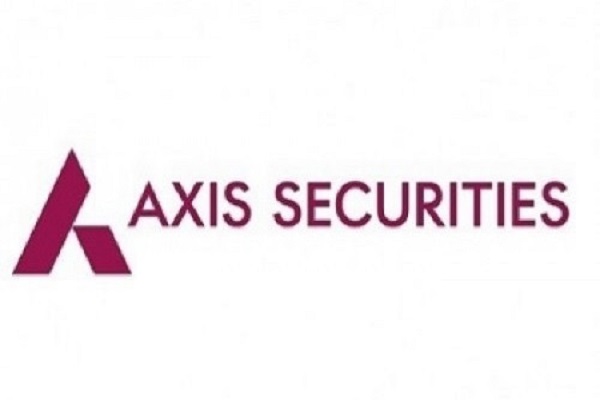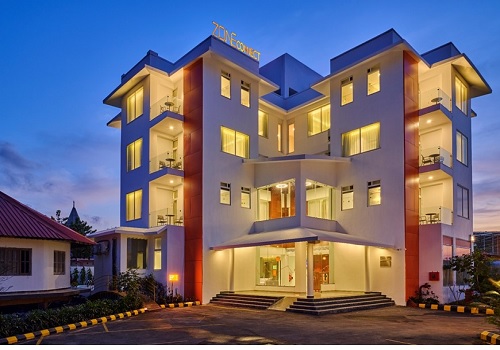Consumer Durables Sector Update : Ear to ground: After a weak 2Q, green shoots visible by JM Financial Services Ltd

In our previous note, we had gathered feedback on AC demand in 2Q, pre and post the GST rate cuts. There, we learnt that while demand in the West and the South remained muted through the quarter, Northern India saw an uptick in Sept’25 owing to rising temperatures and lower prices. Further, there has been a lot of noise around strong demand for consumer durables over the last several days, as lower GST rates came into effect and festivities began. On the back of this, we interacted with one of the largest electronics retail chains that is present across Northern, Central and Eastern India and has a strong presence in Tier 2 and 3 regions. From our interactions, we note that: (1) Over this period, demand has picked up well across segments, with products such as TVs, which saw GST rate cuts, seeing the strongest YoY growth, and other products such as mobiles, refrigerators and washing machines following suit; (2) ACs too have seen robust growth, albeit over a very low base, and demand continues to be driven by temperature trends in the region. We also note that FY26E will remain weak, on expected lines; and (3) Competition from online channels remains limited in these regions given higher comfort with offline purchases, and differential pricing strategies that offline sellers adhere to.
* Demand for all durables has picked up through the last 10 days: Across the last several days, through Navratri and the weekend, demand has ramped up well. TVs, wherein larger TVs (>32 inches) saw a cut in GST rates, have seen the strongest demand (50%+ YoY growth) over a good base. Other products such as mobiles, refrigerators, and washing machines have registered 30%+ YoY growth. These are products where no GST cuts were seen.
* Commentary on demand for air-conditioners: Air-conditioner demand has also picked up well but over a very low base since ACs are generally not products that are sold in this part of the year. However, some excitement around ACs is visible from customers not requiring other products, given lower prices. Nonetheless, AC sales are expected to remain weak for the full year since 60-65% of annual AC sales are generally completed in 1Q, which was impacted owing to unseasonal rains. As far as inventory levels are concerned, we note that large retail chains are not facing inventory burdens, since they had stopped allocating new purchase orders to brands in Apr’25 itself. And now, as AC sales ramp up, they are allocating new purchase orders to brands, who are offering considerable discounts. However, the sense we gather on the broader channel is that incremental inventory (above normal levels) of slightly lower than 2 months is lying unsold, and hopes of normalisation by end-November hinge heavily on festive demand. This, overall, is in line with the feedback we gathered on AC demand picking up in the North as compared to other regions, highlighted in our note here.
* No economic slowdown in these regions: There is no economic slowdown in the regions catered to here, especially in Bihar, which is preparing for elections. We note that several freebies have been distributed in the form of cash gifts and free electricity across the state. The only factor that impacted demand was unseasonal rains and elongated monsoons, across 1Q and 2Q, and the initial week of 3Q, despite which the above-mentioned growth has been seen. While unseasonal rains impacted AC sales, it also impacted footfalls to a certain extent, given most customers rely heavily on two-wheelers, and heavy rains made visiting the stores difficult.
* Competition from online channels and premiumisation trends: Several customers in tier 2 and tier 3 cities are first time buyers of products such as ACs, large TVs, premium smartphones, etc. Moreover, purchase of such products is considered a big event for several families, which keeps them away from purchasing online. Further, in these regions, contrary to metros, price discovery happens on the floor of the showroom, in the sense that negotiations are common, and sellers also indulge in differential pricing. Premiumisation trends are being seen in ACs w.r.t. premium brands and energy ratings, in TVs w.r.t. larger sizes, and feature-rich products, and in mobiles w.r.t. more premium smartphones.
* Initial feedback on iPhone demand not too encouraging, but overall mobile sales strong: There is a supply constraint in several geographies across India. Further, with the new 17 series, Apple has done away with the 'Plus' version and introduced the 'Air' version with a single camera, which several buyers, especially in Tier 2 and Tier 3 regions perceive as an inferior product at a higher price point. Further, there are several issues w.r.t. durability of the higher end 'Pro' models that are being spoken about. Nonetheless, the overall premium mobile segment has done well.
Please refer disclaimer at https://www.jmfl.com/disclaimer
SEBI Registration Number is INM000010361



